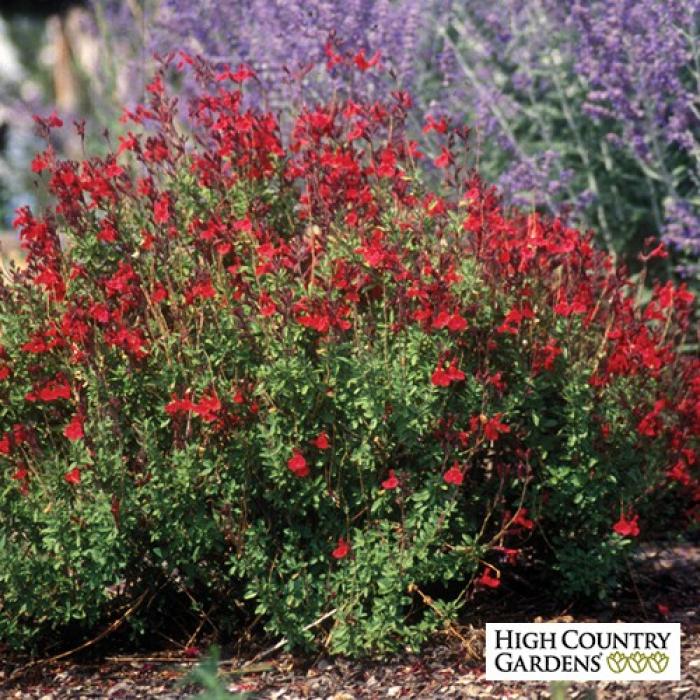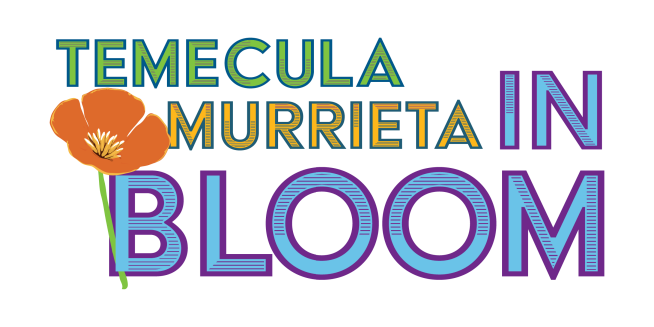Salvia greggii 'Furman's Red'
Furman's Red Texas Sage

Description
A Texas native but used in warm dry climates because of its reliability. 2005 Plant Select Winner. 24-36" tall x 18" wide. Furman's Red is one of the most cold hardy of the native Salvia greggii family. Blooming in late spring and again in the fall, the plant covers itself with bright red flowers that attract the hummingbirds from miles around. Sweetly aromatic foliage too. Drought resistant/drought tolerant plant when established. This is a wonderful selection, valued for its tightly branched, upright growth habit and profusion of dark red flowers beginning in early summer and continuing through the fall. Culturally undemanding, this plant tolerates a wide range of soils requiring only that they be quick draining. Just a bit of extra water during dry spells encourages more flowers. Although one of the most cold hardy Salvia greggii cultivars, it will occasionally freeze to the ground in Zone 6 areas. It will re-sprout quickly from the roots and crown to bloom on new wood that same year. This is a woody, evergreen shrub in mild winter climates.
Plant Type
Perennial
Height Range
1-3'
Flower Color
Red
Flower Season
Spring, Fall
Leaf Color
Green
Bark Color
n/a
Fruit Color
n/a
Fruit Season
n/a
Sun
Full
Water
Very Low, Extra in Summer
Growth Rate
Moderate
Soil Type
Sandy, Clay, Loam, Rocky, Unparticular
Soil Condition
Average, Poor, Well-drained, Dry
Soil pH
Neutral
Adverse Factors
n/a
Design Styles
Meadow, Mediterranean, Ranch, Seascape, Spanish
Accenting Features
Fragrance, Showy Flowers
Seasonal Interest
Spring, Fall
Location Uses
Entry, Perennial Border, Patio, Raised Planter, Walkways, With Rocks
Special Uses
Container, Cut Flowers, Mass Planting, Naturalizing
Attracts Wildlife
Birds, Hummingbirds
Water Saving Tip:
Apply a layer of mulch around plants to reduce moisture loss.
Choose organic mulches, such as shredded bark, compost or aged sawdust.

